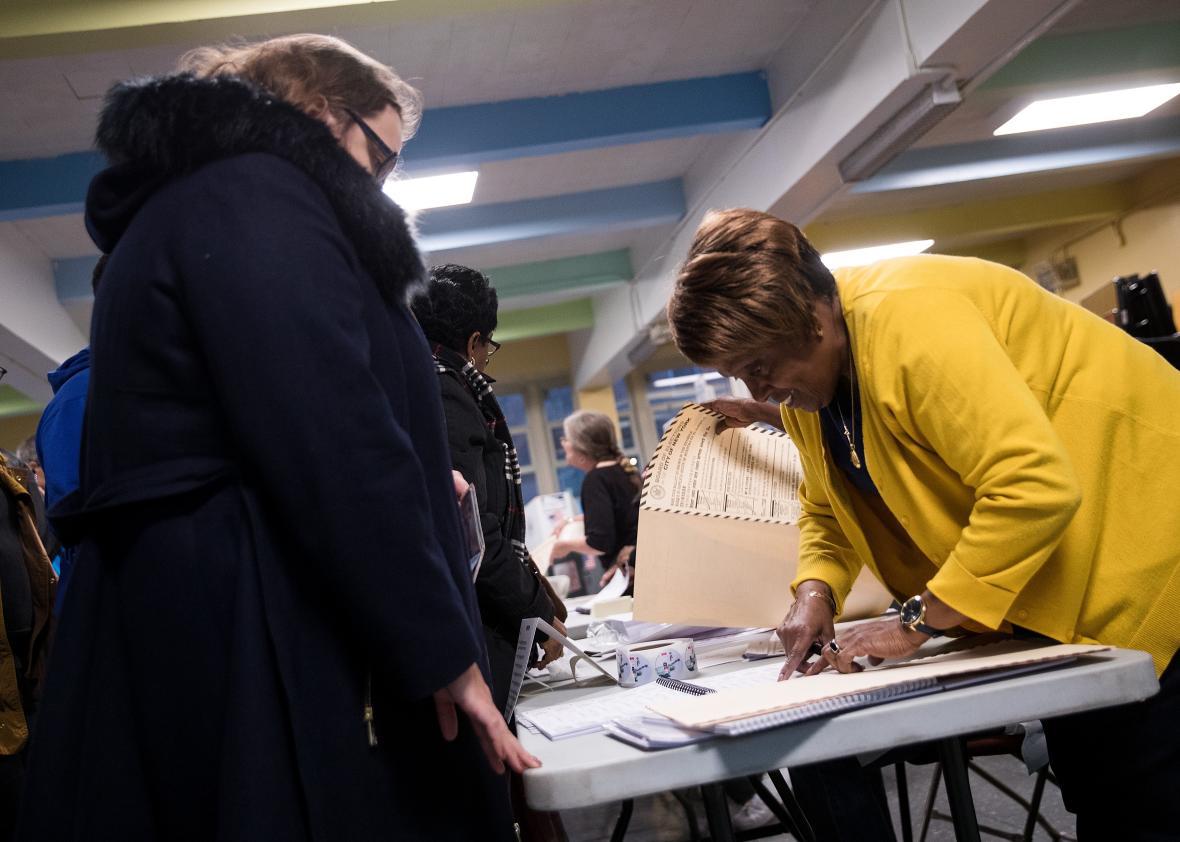Slate is publishing real-time estimates of which candidate is leading at any given moment in seven battleground states, any of which could decide who is the next president of the United States. You can read more about why we’re doing that, and how we’re doing it. One of the main reasons is that the campaigns make their own such projections, and we don’t believe there’s any good reason they should have a monopoly on that kind of thing. The obvious question, then, is: What do the campaigns actually do with this information on Election Day?
The short answer is: not a lot. There aren’t many decisions a campaign can make during the final hours that will significantly affect the outcome of the race. As Sasha Issenberg explained in Slate this summer, campaigns can tinker at the margins on Election Day. They might react to early turnout numbers by redirecting get-out-the-vote phone calls or text messages, or choosing different media markets for TV or radio appearances. They can’t, however, make wide-scale changes to their game plans. It’s far too late to place a television buy, to launch a direct-mail program, or to recruit a new crop of volunteers.
Still, campaigns don’t go through the trouble of building models just so they can get a head start on writing their Election Day talking points (though that is certainly one of the perks). For campaigns, Election Day is less about the big decisions made at national headquarters than the smaller ones made in field offices around the country.
Those offices have the flexibility to tweak their get-out-the-vote operations if they see turnout is lagging in a specific area. They could potentially send volunteer canvassers to knock on doors in neighborhoods that seem to be underperforming, or send extra cars or buses to help people get to the polls. Later in the day, once the polls are almost closed, the campaigns can dispatch their comfort teams to polling locations with long lines, fortifying their supporters with water and pizzas in an effort to get them to stick around until they cast their ballots. Likewise, they will respond to reports of long lines by sending lawyers to do what they can to ensure the polls state open late enough for everyone to have their say.
Ultimately, though, if there were something a campaign could do to reverse lackluster turnout, they’d have done it to prevent that weak turnout from happening in the first place. After all, there is no day after Election Day for a campaign, and no reason to keep their powder dry.
